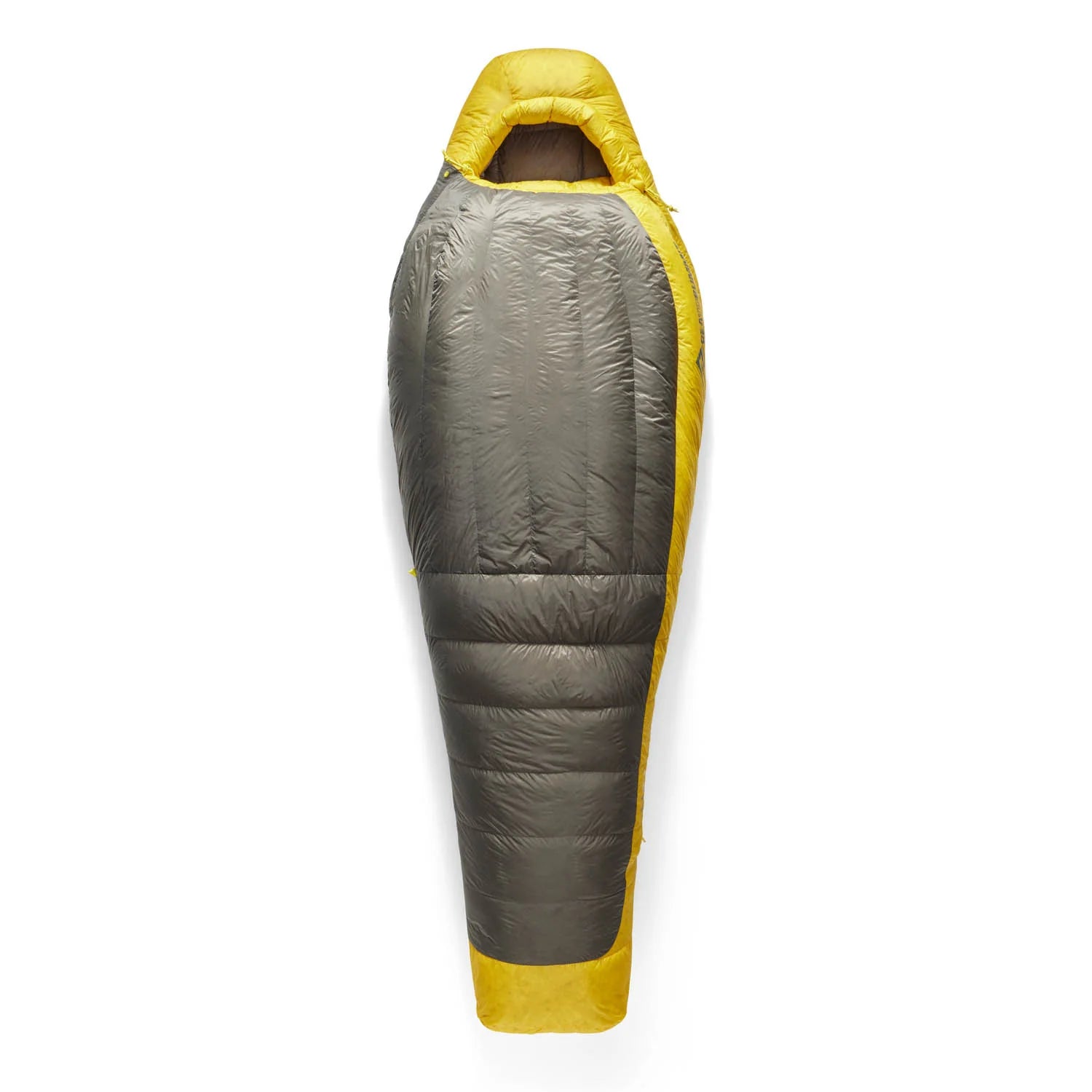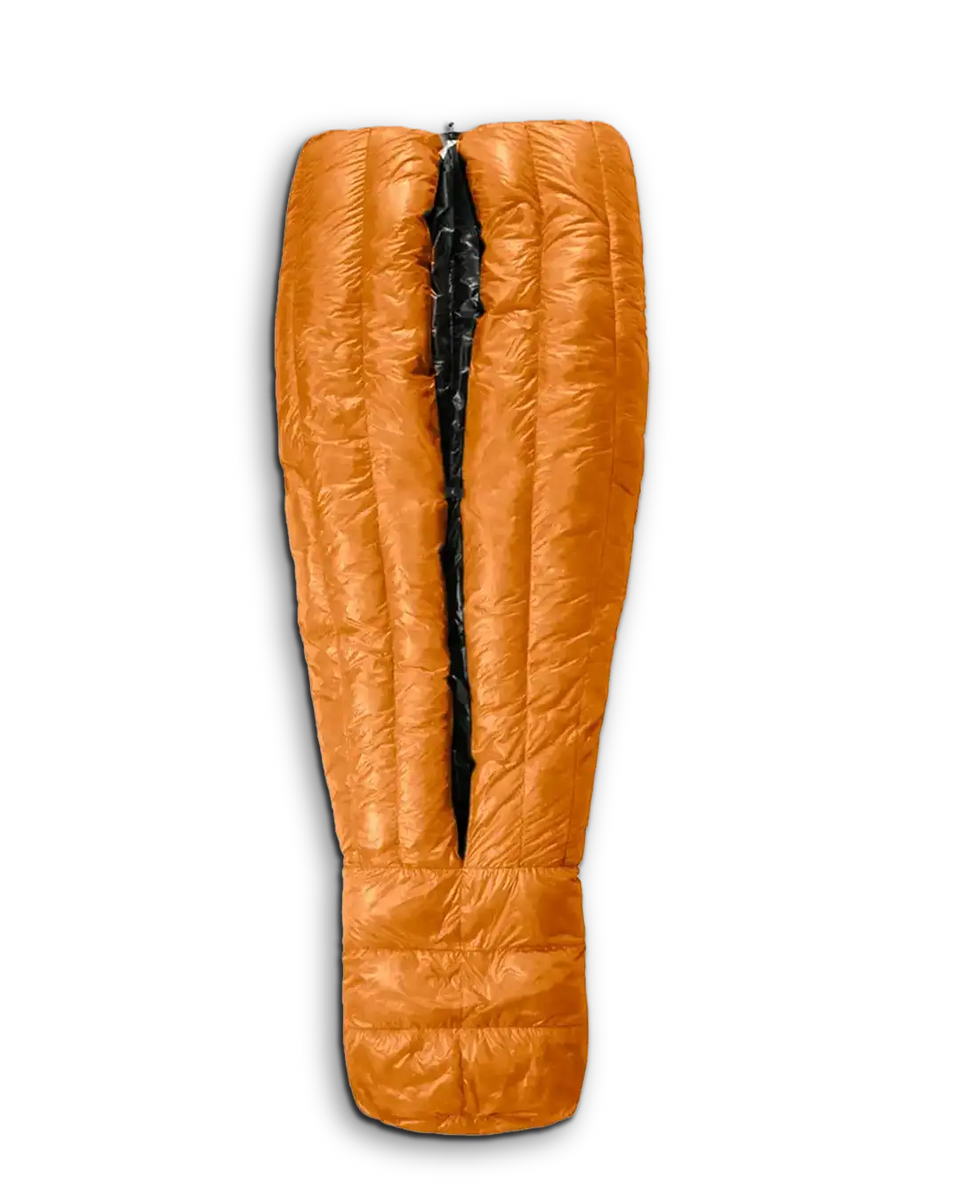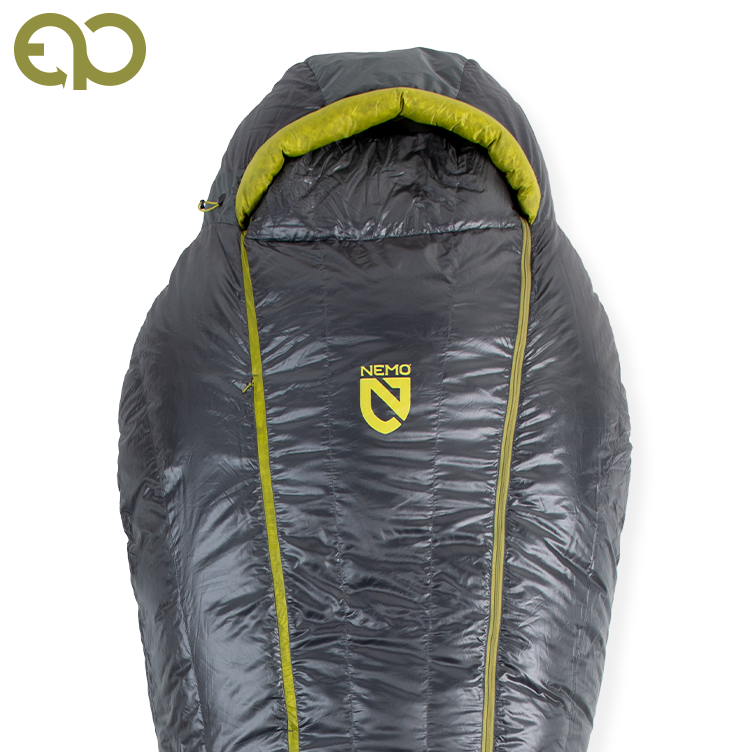Every backpacker at some point faces the paramount dilemma: backpacking quilt or sleeping bag? It's not just about staying warm anymore - it's about weight, space, and whether you're willing to risk a draft sneaking up your backside at 2 AM. Sure, traditional sleeping bags are like warm cocoons of certainty, but quilts? They're the rebellious ultralight choice that's got everyone talking. The difference between a cozy night and a miserable one might just come down to this decision.
When it comes to staying warm in the backcountry, the age-old debate between backpacking quilts and sleeping bags rages on. The numbers don't lie - quilts are quite lighter, typically weighing 20-30+% less than similar temperature bags. While most quilts hover around 1-1.5 pounds, traditional sleeping bags often tip the scales at 1.5-2.5 pounds. The well-regarded Feathered Friends Flicker UL delivers exceptional warmth at just 1 lb 9.8 ounces.
And let's talk about pack space: most quilts crush down to a measly 2-3 liters, while sleeping bags demand a hefty 4-6 liters. Quality quilts feature higher fill power for superior insulation and compressibility.

But here's where things get interesting. Sleeping bags wrap you up like a cozy burrito, providing 360-degree warmth. Quilts though? They're basically fancy blankets that rely on your sleeping pad to insulate your backside. Sure, quilts are more versatile - you can sprawl out like you're in your bed at home, while sleeping bags, for some like me, feel like straight jackets with zippers.
Side sleepers can rejoice. No more fighting with your bag like it's a python trying to squeeze you.
Money talks, and entry-level quilts, like the Featherstone Moondance, often cost less than comparable sleeping bags. Less material, fewer features - it makes sense. Though when you venture into premium territory, both options will happily empty your wallet. The real kicker? Quilts deliver more warmth per ounce, making them a smart choice for weight-conscious backpackers.

There's a catch, though. Quilts aren't exactly user-friendly out of the gate. They require a certain finesse to set up properly, and drafts can sneak in if you're not careful. Sleeping bags are practically foolproof - zip and snooze.
The durability debate is equally nuanced. Quilts skip the zipper drama altogether, but their exposed insulation takes more abuse. Meanwhile, sleeping bags keep their precious down or synthetic fill safely sandwiched between layers of fabric.
Bottom line? Both options have their place in the wilderness. Sleeping bags dominate in brutal winter conditions, while quilts shine in warmer adventures where weight savings matter most. Just keep in mind: neither will save you from that rock under your tent that somehow always finds your hip.






